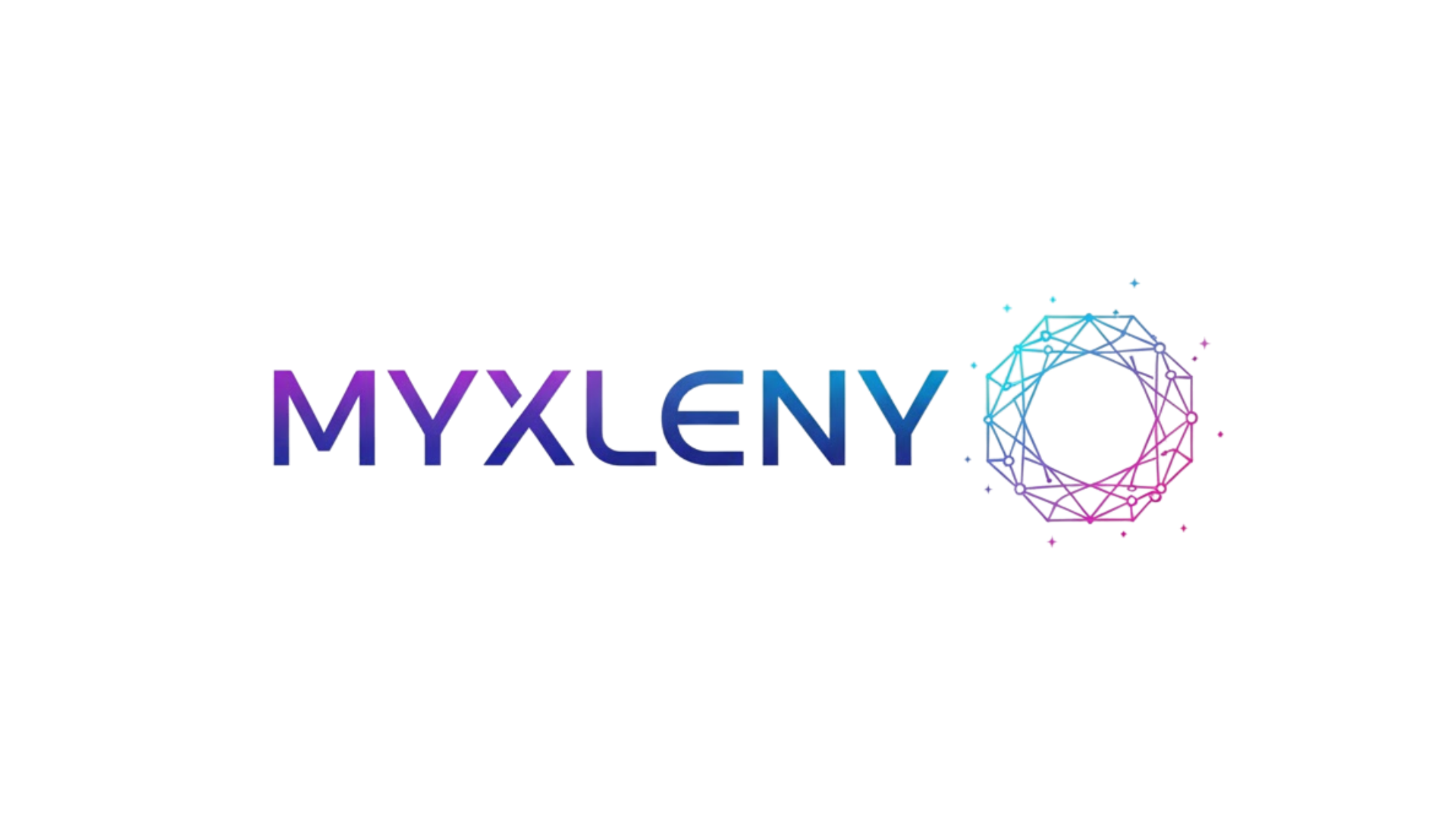Creating a workplace where every individual feels valued, respected, and empowered is no longer optional—it’s essential for organizational success and human dignity.
The modern workplace landscape has evolved dramatically over the past decades, shifting from homogeneous environments to vibrant ecosystems that reflect the rich tapestry of human diversity. Organizations worldwide are recognizing that embracing diversity and fostering inclusion isn’t just a moral imperative; it’s a strategic advantage that drives innovation, enhances decision-making, and improves overall business performance.
Building an inclusive workplace requires intentional effort, continuous commitment, and systemic change across all organizational levels. It demands that we look beyond surface-level differences and create environments where diverse perspectives are not only welcomed but actively sought out and integrated into the fabric of organizational culture.
🌍 Understanding the Foundation: What Diversity and Inclusion Really Mean
Diversity and inclusion are often used interchangeably, but they represent distinct concepts that work together to create truly equitable workplaces. Diversity refers to the presence of differences within a given setting—including race, ethnicity, gender, age, religion, disability, sexual orientation, education, and national origin. It’s about the composition of your workforce and the variety of perspectives represented.
Inclusion, on the other hand, is about how well the contributions, presence, and perspectives of different groups are valued and integrated into an environment. You can have a diverse workplace that isn’t inclusive if people from underrepresented groups don’t feel empowered to contribute fully or don’t have equal access to opportunities.
The intersection of diversity and inclusion creates belonging—that crucial feeling that you can show up as your authentic self, that your unique contributions matter, and that you’re a valued member of the organizational community. This trifecta of diversity, inclusion, and belonging forms the cornerstone of modern workplace excellence.
💼 The Business Case: Why Inclusive Workplaces Outperform
Beyond ethical considerations, substantial research demonstrates that diverse and inclusive organizations consistently outperform their less diverse counterparts. Companies in the top quartile for gender diversity on executive teams are 25% more likely to experience above-average profitability compared to companies in the fourth quartile.
Similarly, organizations with ethnically diverse leadership teams are 36% more likely to outperform their peers financially. These aren’t merely correlations—diverse teams make better decisions up to 87% of the time, and they make those decisions twice as fast with half the meetings.
Innovation flourishes in diverse environments because people with different backgrounds, experiences, and perspectives approach problems differently. When you bring together individuals who think differently, you create cognitive diversity that challenges assumptions, identifies blind spots, and generates creative solutions that homogeneous groups might never discover.
Key Performance Benefits of Inclusive Workplaces
- Enhanced employee engagement and retention rates
- Broader talent pool access and improved recruitment outcomes
- Increased market understanding and customer satisfaction
- Stronger reputation and employer brand
- Reduced groupthink and improved risk management
- Greater adaptability and resilience during change
🚧 Identifying and Dismantling Barriers to Inclusion
Despite good intentions, many organizations struggle with inclusion because they fail to recognize and address the systemic barriers that prevent full participation from all employees. These barriers often operate invisibly, embedded in policies, practices, and cultural norms that may have existed for decades.
Unconscious bias represents one of the most pervasive barriers. These automatic mental shortcuts influence our decisions about hiring, promotion, project assignments, and performance evaluations without our conscious awareness. Research shows that identical resumes receive different response rates depending on whether they have traditionally white-sounding or ethnic-sounding names.
Structural barriers include inflexible work arrangements that disadvantage caregivers, predominantly men-focused leadership development programs, inaccessible physical environments for people with disabilities, and communication practices that favor native speakers or extroverts. These systemic issues require systemic solutions, not just individual awareness.
Common Workplace Exclusion Patterns
Microaggressions—those subtle, often unintentional slights that communicate hostile or derogatory messages—create death by a thousand cuts for marginalized employees. Being repeatedly mistaken for support staff, having your name consistently mispronounced without correction, or being asked to speak for your entire demographic group erode psychological safety and belonging.
The “broken rung” phenomenon means that women and minorities often face their biggest obstacle at the first step up to management. For every 100 men promoted to manager, only 87 women are promoted, creating a leadership pipeline problem that compounds at every subsequent level.
🛠️ Building Blocks: Essential Elements of an Inclusive Workplace
Creating genuinely inclusive workplaces requires comprehensive strategies that address multiple dimensions simultaneously. No single initiative will transform organizational culture; instead, successful inclusion efforts weave together various threads into a cohesive tapestry of belonging.
Leadership Commitment and Accountability
Inclusion starts at the top. When senior leaders personally champion diversity, allocate resources, set measurable goals, and hold themselves accountable, inclusion efforts gain the momentum needed for real change. Leaders must do more than issue statements—they must model inclusive behaviors, sponsor diverse talent, and make inclusion a strategic priority reflected in business planning and performance metrics.
Accountability mechanisms ensure that good intentions translate into results. This includes tying executive compensation to diversity metrics, publishing regular progress reports, conducting equity audits, and creating consequences when leaders fail to advance inclusion goals.
Inclusive Policies and Practices
Organizational policies shape daily experiences and signal what behaviors are valued. Reviewing policies through an equity lens helps identify unintended consequences that may disadvantage certain groups. Flexible work arrangements, comprehensive parental leave for all genders, religious accommodation policies, and accessibility standards demonstrate commitment to supporting diverse needs.
Recruitment and promotion processes deserve particular attention. Structured interviews with standardized questions reduce bias compared to unstructured conversations. Diverse hiring panels, blind resume reviews, and skills-based assessments help ensure that talent is evaluated fairly. Setting diversity goals (not quotas) for candidate slates ensures that decision-makers actually consider diverse candidates.
🎯 Practical Strategies for Fostering Daily Inclusion
While systemic changes create the foundation, inclusion ultimately happens in daily interactions and micro-moments throughout the workday. These practical strategies help translate organizational commitment into lived experiences of belonging.
Creating Psychologically Safe Environments
Psychological safety—the belief that you can speak up, ask questions, admit mistakes, and propose ideas without fear of punishment or humiliation—is essential for inclusion. Teams with high psychological safety leverage their diversity effectively because people actually share their unique perspectives.
Leaders create psychological safety by modeling vulnerability, responding positively to questions and challenges, explicitly inviting input from quieter team members, and addressing exclusionary behavior immediately. Simple practices like round-robin sharing ensure everyone’s voice is heard, not just the loudest or most senior people.
Inclusive Meeting Practices ✨
Meetings represent microcosms of organizational culture. Inclusive meeting practices include circulating agendas in advance (helping those who process information differently), using multiple communication modes (chat, verbal, visual), acknowledging ideas and attributing them correctly, and actively interrupting interruptions when women or minorities are cut off mid-sentence.
Virtual meeting tools can actually enhance inclusion when used thoughtfully. Chat functions give voice to those less comfortable speaking up verbally. Breakout rooms allow for different interaction styles. Recording meetings accommodates different time zones and accessibility needs.
📚 Education and Awareness: Continuous Learning Journey
Building inclusive workplaces requires that employees at all levels develop cultural competence—the ability to interact effectively with people from different backgrounds. This isn’t achieved through a single training session but through ongoing learning, reflection, and practice.
Effective diversity training goes beyond awareness to build skills. It helps people recognize their own biases, provides tools for interrupting bias in real-time, teaches inclusive language and behaviors, and creates shared vocabulary for discussing difficult topics. The most impactful programs are interactive, emotionally engaging, and tied to specific behavioral objectives.
Employee resource groups (ERGs) or affinity groups provide spaces for employees who share identities or experiences to connect, support each other, and educate the broader organization. When properly resourced and integrated into business strategy, ERGs become powerful engines for culture change and innovation.
📊 Measuring Progress: What Gets Measured Gets Managed
You cannot improve what you don’t measure. Successful inclusion efforts include robust metrics and regular assessment to track progress, identify gaps, and ensure accountability.
| Metric Category | Example Measures | Why It Matters |
|---|---|---|
| Representation | Demographics at all levels, pay equity analysis | Shows who has access and advancement opportunities |
| Inclusion Climate | Belonging scores, psychological safety surveys | Reveals whether diverse employees feel valued |
| Workplace Experiences | Promotion rates by group, retention/turnover patterns | Identifies disparities in opportunity and treatment |
| Behavioral Indicators | ERG participation, mentorship engagement | Demonstrates employee investment in inclusion |
Regular climate surveys that ask specifically about inclusion experiences provide invaluable insights. Questions should explore whether employees feel they can be authentic at work, whether their contributions are valued, whether they see people like themselves in leadership, and whether they would recommend the organization to others from their community.
🌱 Sustaining Momentum: From Initiative to Integration
Many diversity initiatives fail because they’re treated as programs rather than integrated into organizational DNA. Sustainable inclusion requires moving beyond special projects to embedding inclusive practices into every system, process, and interaction.
This integration means that inclusion considerations are part of strategic planning, product development, customer service, vendor selection, and every other business function. It means that managers are trained and expected to lead inclusively as a core competency, not an optional add-on. It means that inclusion is everyone’s responsibility, not just HR’s or the diversity officer’s job.
Addressing Resistance and Setbacks
Change is rarely linear, and inclusion work inevitably encounters resistance. Some resistance stems from misunderstanding—people fear reverse discrimination or believe merit will be compromised. Other resistance is more calculated, from those who benefit from existing power structures.
Addressing resistance requires patience, empathy, and clarity. Help people understand that inclusion expands opportunities rather than limiting them, that diverse teams actually perform better, and that creating fairness doesn’t mean lowering standards. When setbacks occur—and they will—treat them as learning opportunities rather than failures, adjusting strategies based on what the experience reveals.
💪 Empowering Allies: Everyone’s Role in Building Inclusion
Inclusion isn’t only the responsibility of underrepresented groups to advocate for themselves. Allies—particularly those from majority groups—play crucial roles in creating change by using their privilege and platform to amplify marginalized voices, interrupt bias, and advocate for systemic improvements.
Effective allyship is active, not passive. It means speaking up when you witness exclusionary behavior, even when it’s uncomfortable. It means sharing credit and opportunities. It means doing your own education rather than expecting marginalized colleagues to explain their experiences. It means being willing to make mistakes, accept feedback, and keep trying.
Organizations can cultivate allyship by making it visible and valued, providing training on effective ally behaviors, recognizing and rewarding those who demonstrate allyship, and creating mechanisms for people to practice these skills in low-stakes environments before higher-stakes moments arise.

🚀 The Ongoing Journey Toward True Belonging
Building inclusive workplaces isn’t a destination but a continuous journey of learning, adaptation, and growth. As societies evolve, as new dimensions of diversity emerge, and as we deepen our understanding of what inclusion requires, organizations must remain committed to evolving their practices.
The most successful organizations view inclusion as fundamental to their mission and values, not as a compliance requirement or PR strategy. They understand that when people feel they truly belong, they bring their best selves to work, contributing creativity, energy, and commitment that drives collective success.
Creating workplaces where everyone can thrive regardless of their background, identity, or life circumstances represents both a profound moral calling and a practical necessity for organizational excellence. The work is challenging, requiring honesty about current shortcomings, courage to make difficult changes, and persistence through inevitable setbacks.
Yet this work is also profoundly hopeful. Each inclusive interaction, each barrier removed, each voice amplified moves us closer to workplaces that reflect the best of our shared humanity. When we embrace diversity in all its forms and build truly inclusive cultures, we create organizations that are not only more successful but more just, more innovative, and more reflective of the world we want to create together. 🌟
Toni Santos is a future-of-work researcher and social innovation writer exploring how technology, culture, and global mobility are redefining what it means to work and thrive in the 21st century. Through his studies on automation, digital nomadism, and workforce transformation, Toni examines the balance between progress, adaptability, and human purpose in a rapidly changing world. Passionate about remote collaboration systems and digital inclusion, Toni focuses on how emerging tools and global connectivity empower individuals to build meaningful, flexible, and resilient careers. His work highlights how automation and new work models can coexist with creativity, empathy, and social value. Blending sociology, economics, and digital strategy, Toni writes about the human side of innovation — helping readers understand not only where work is heading, but how to align with its transformation responsibly and purposefully. His work is a tribute to: The evolving relationship between automation and human employment The rise of global, location-independent lifestyles The power of resilience and adaptability in the modern workforce Whether you are a freelancer, remote leader, or curious observer of the new economy, Toni Santos invites you to explore the future of work — one idea, one connection, one transformation at a time.



